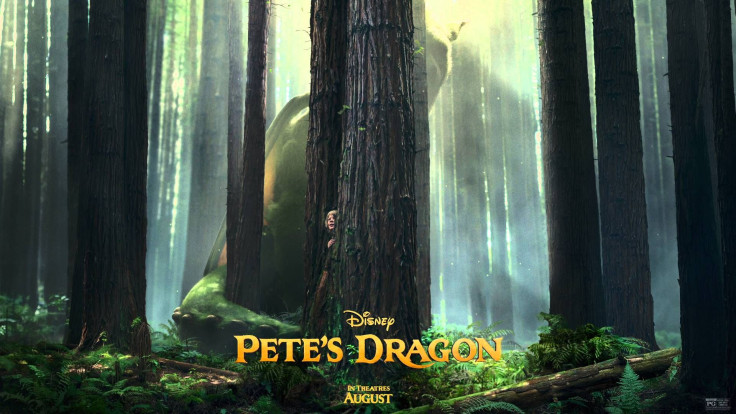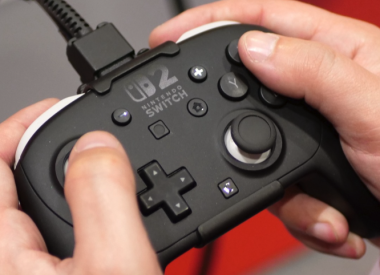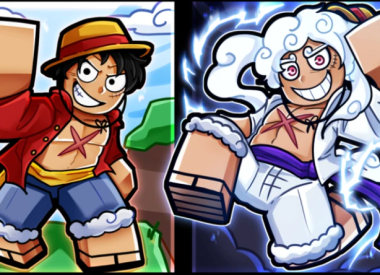Andrew Bujalski, the mumblecore pioneer who directed Funny Ha Ha and Computer Chess, sat down at SxSW with David Lowery, director of Ain’t Them Bodies Saints, with a mission. His goal, Bujalski said, “was to get you to say something negative about Disney.”
Lowery, whose first movie St. Nick made it’s world premiere at SxSW in 2009, has been recruited to the big leagues. He’s the director of Disney’s upcoming remake of Pete’s Dragon.
Lowery gave it some thought and Bujalski stole the moment to warn him. “And they have assassins here and here,” he said, pointing to various corners of the conference room.
Eventually Lowery came up with a few complaints. “ It was an amazing experience but I felt like the lighting in the office could be a little better,” Lowery said. He also groused about the studio commissary, which didn’t have many vegan options. “A lot of ham, a lot of boiled eggs.”
While Lowery didn’t spew the torrent of insider dirt that Bujalski hoped to prompt, the provocation did prompt a fascinating look inside the Disney studio machine from the perspective of a director from a different filmmaking world.
What most surprised Lowery was how similar working on a multi-million dollar movie was to the indie film sets he’d worked on. “I was really surprised how nuts and bolts the process was on a bigger movie.”
I've been thinking a lot about how we made movies eight (eight!) years ago. pic.twitter.com/JjZPeYQG2S
— David Lowery (@davidlowery) March 8, 2016
“What I found on Ain’t Them Bodies Saints is that once you get used to what it means to be a director to you personally, you can find that anywhere,” Lowery said. “On the big one the only difference is that you have to walk past all those [grip] trucks and that’s a long walk.”
“But at the end of the day the bells and whistles are not that different from on a 12,000 dollar movie,” he said, then paused. “You have a bigger crane.”
“You’re shielded from the numbers, but not from the ramifications of them,” Lowery said. “There’s nothing in there that feels like ‘Oh, I’m spending a million dollars now.’”
But the pressures remain the same. “I didn’t know how much we were paying the steadicam operator,” Lowery said, “but I did know that if we didn’t finish this scene by the time the sun went down that was it.”
“It’s the same problems you have on any movie.”
Bujalski changed up his tactics in getting the Disney dirt. “I feel like I’m failing to get you to say something bad about Disney,” he said, opening up a new line of questions about studio notes.
Lowery admitted that this was a big difference between the studio and indie worlds. “It happened while I was writing the script. It happened while we were shooting. It happened during post-production,” Lowery said. “It’s frustrating sometimes to be told to do something you don’t want to do. It’s never an order, but you get these suggestions that other people have and because they’re paying for the movie you take them into consideration.”
Lowery, used to having more control over every element of his movie, struggled with this early in the production of Pete’s Dragon. When he started getting notes he said, “Your first thought it’s like ‘Oh my god, no way, this is a disaster, I quit.”
His solution was to find “the heart” of each note, or what Bujalski called “the note behind the note.”
“I get what you’re saying, but what if we addressed it this way?” Lowery said, offering a theoretical reply. While Lowery agreed with Bujalski’s frustrations with notes from investors, he emphasized that notes could also be productive.
“I should be able to explain why my idea is right and if it’s not right then I’m open to notes,” he said. “You just have to set your ego aside.”
While working with a large studio presented some new challenges and frustrations, Lowery was ultimately optimistic about the Disney machine.
“They’re smart and they all want to make good movies. No one is there trying to ruin your movie,” he said. “Everyone is trying to make it good.”


















